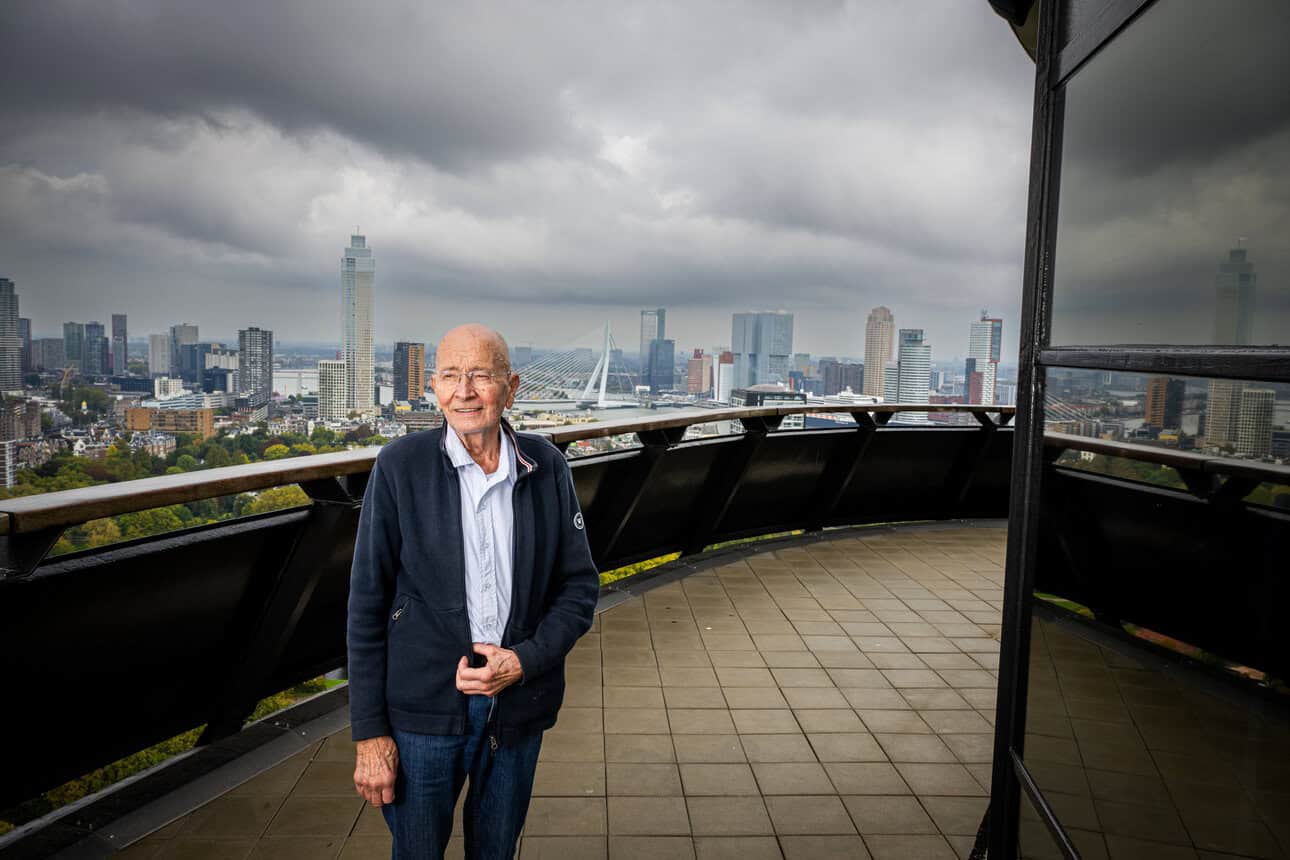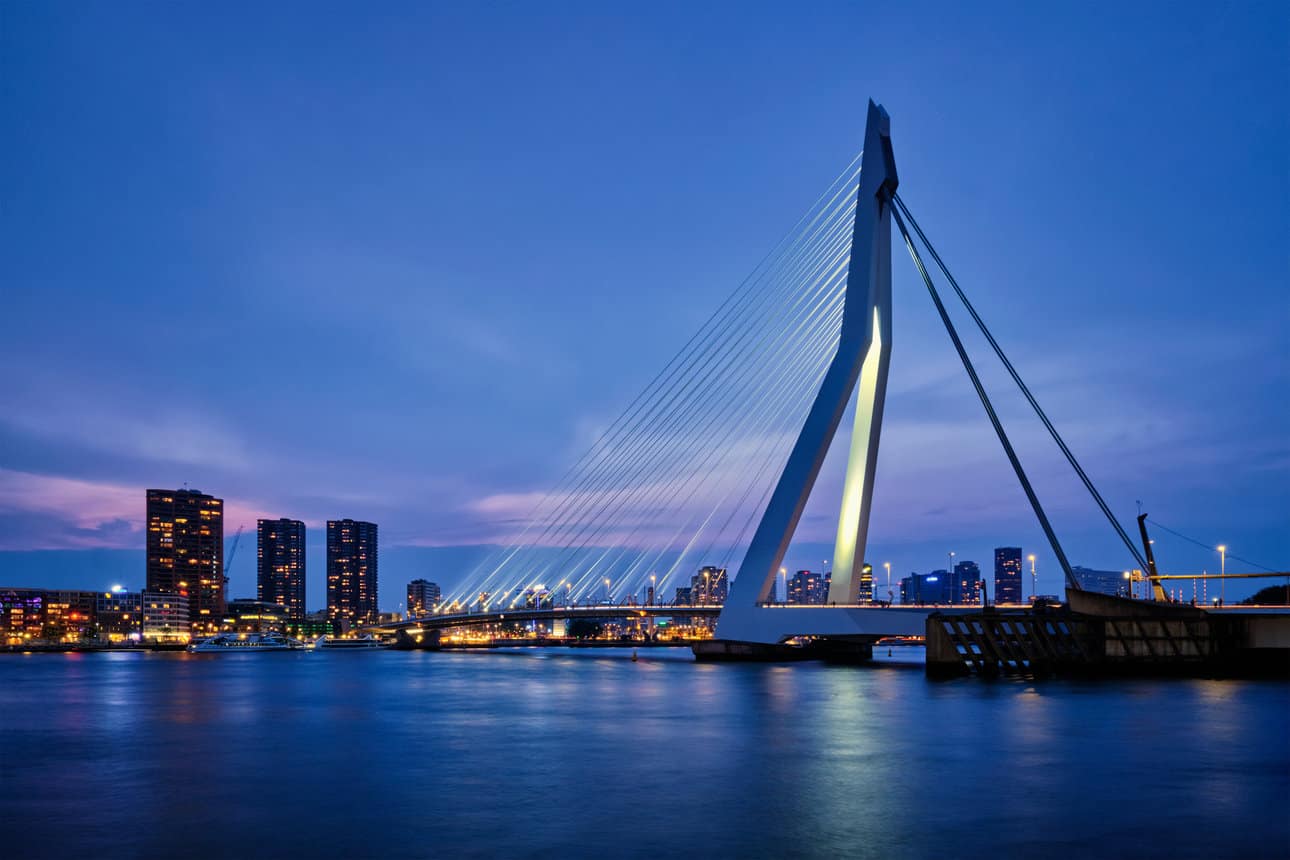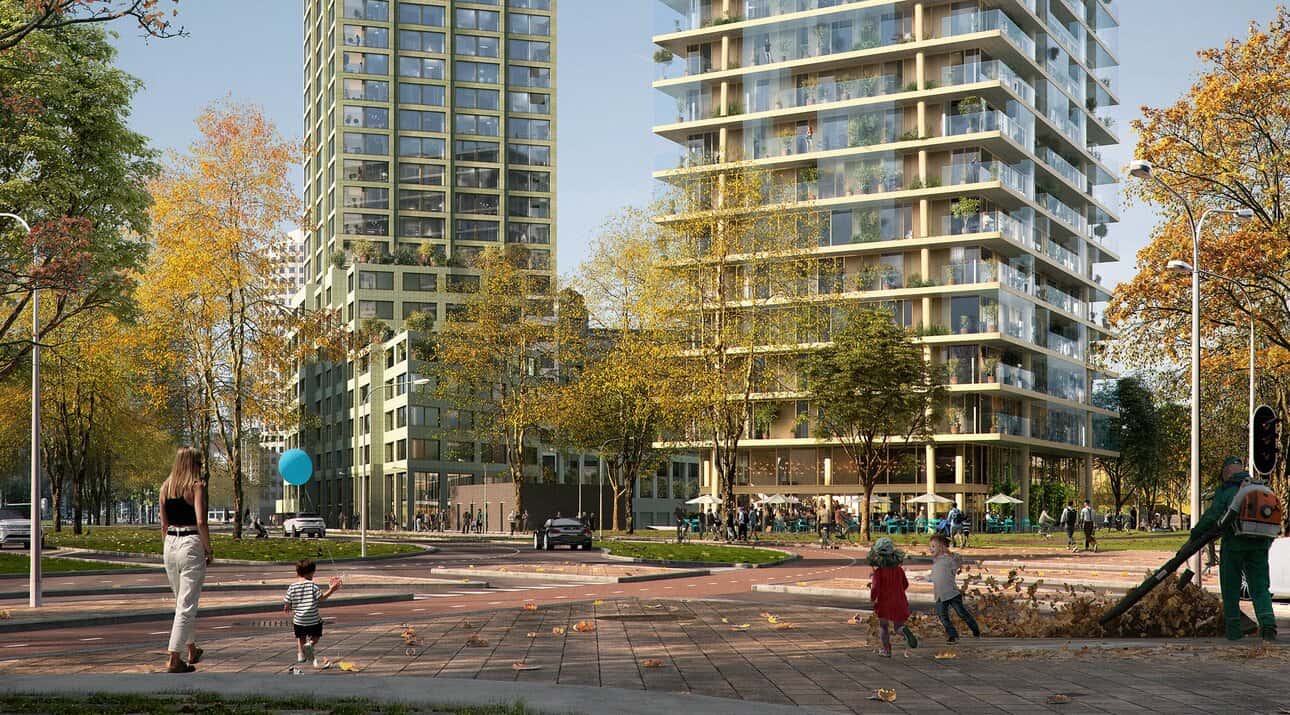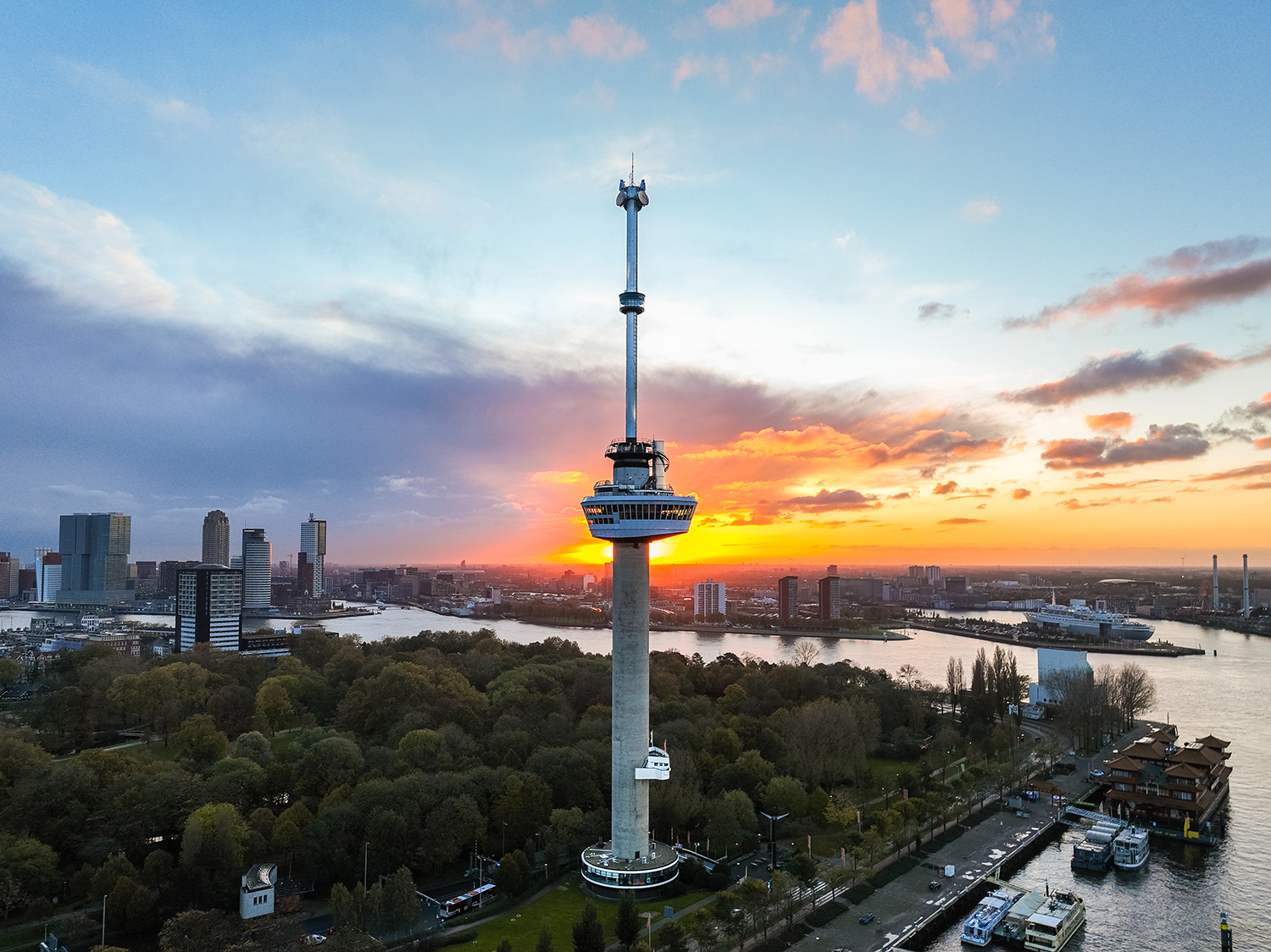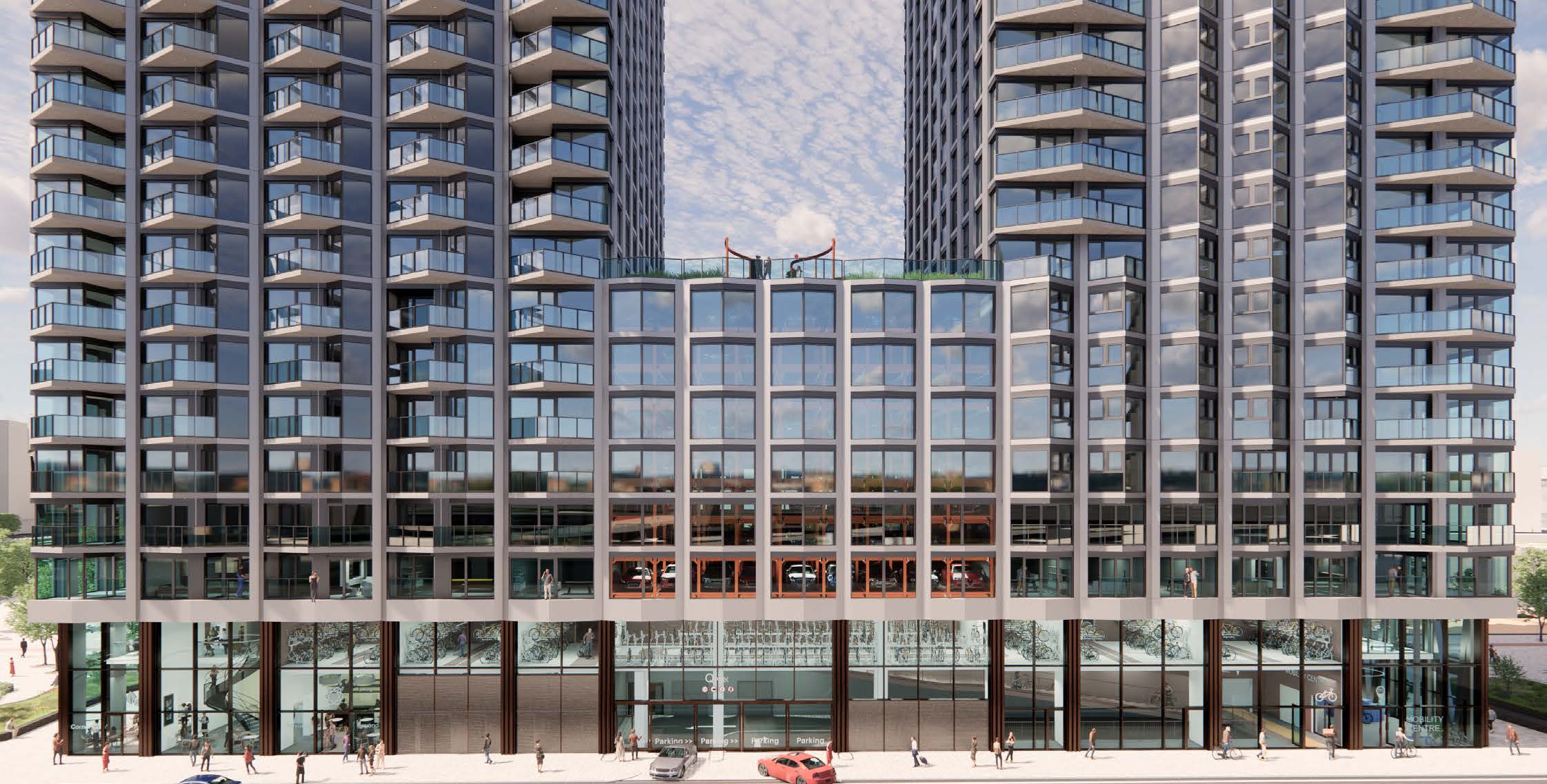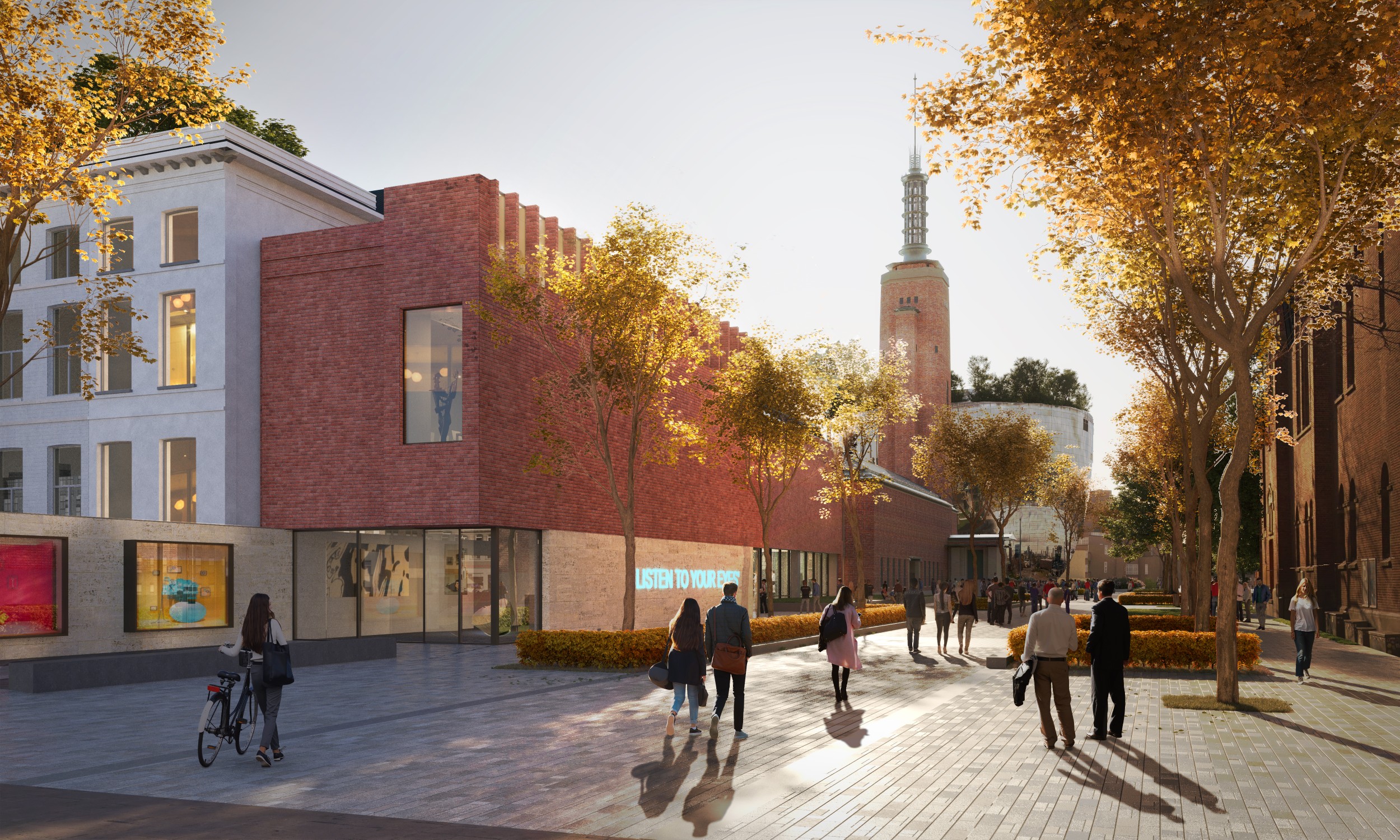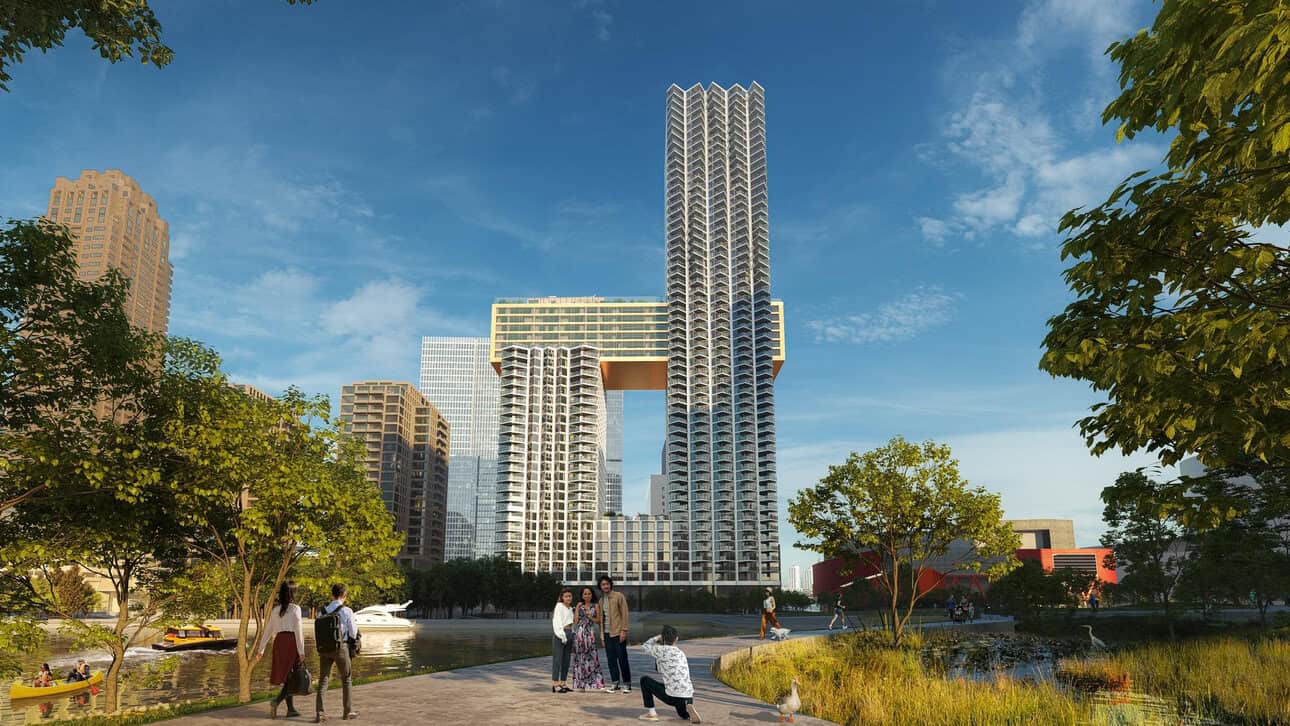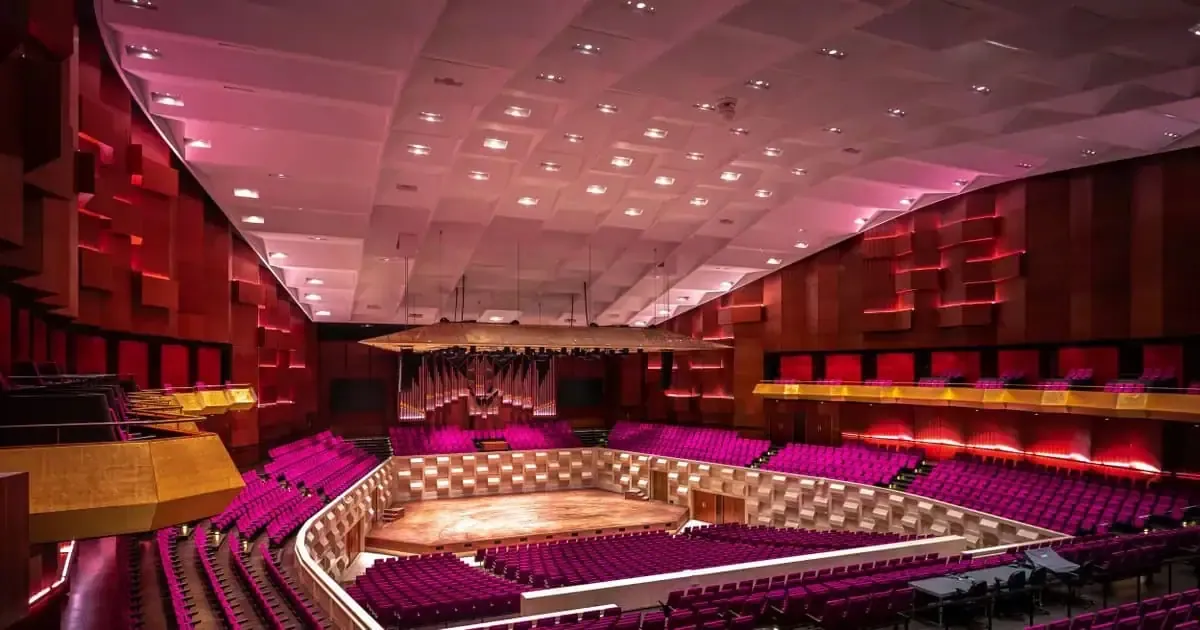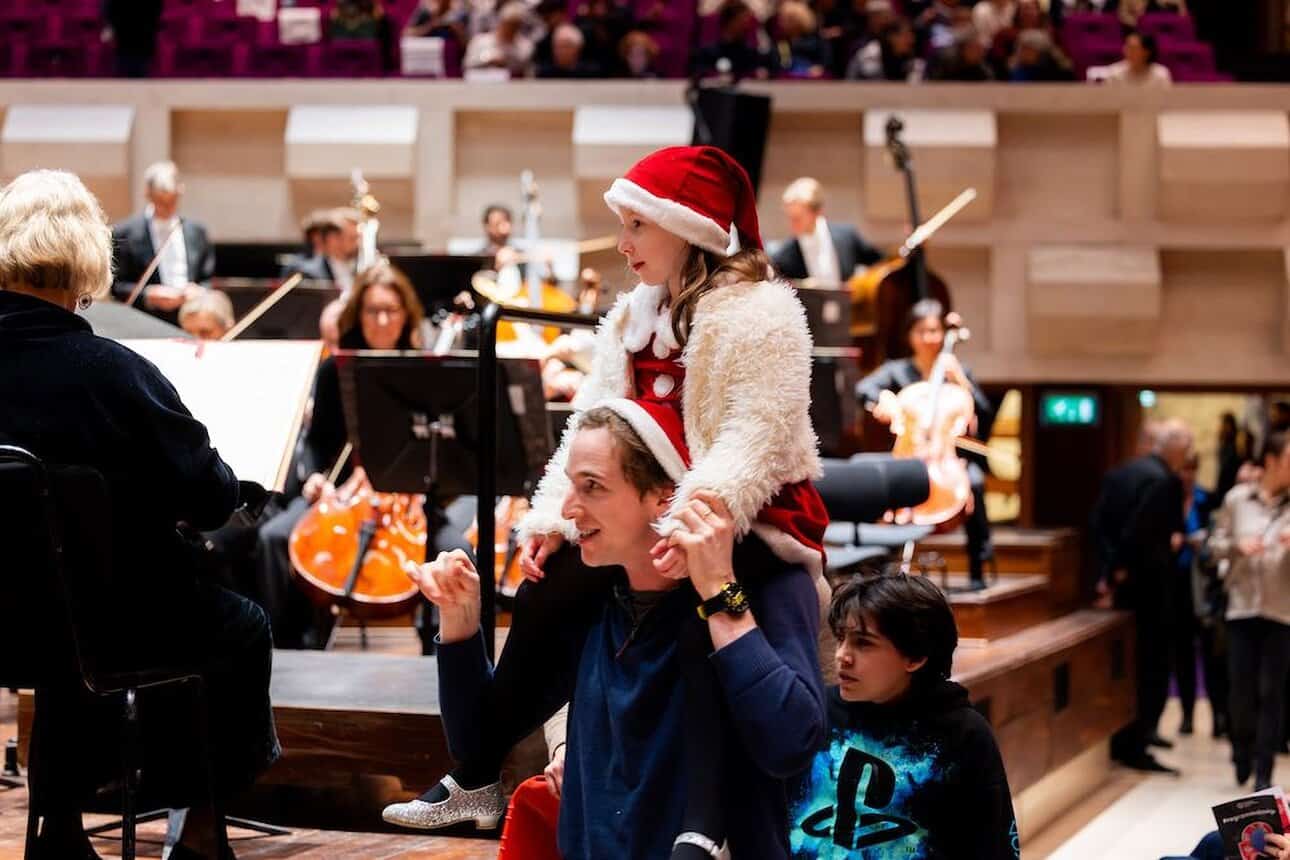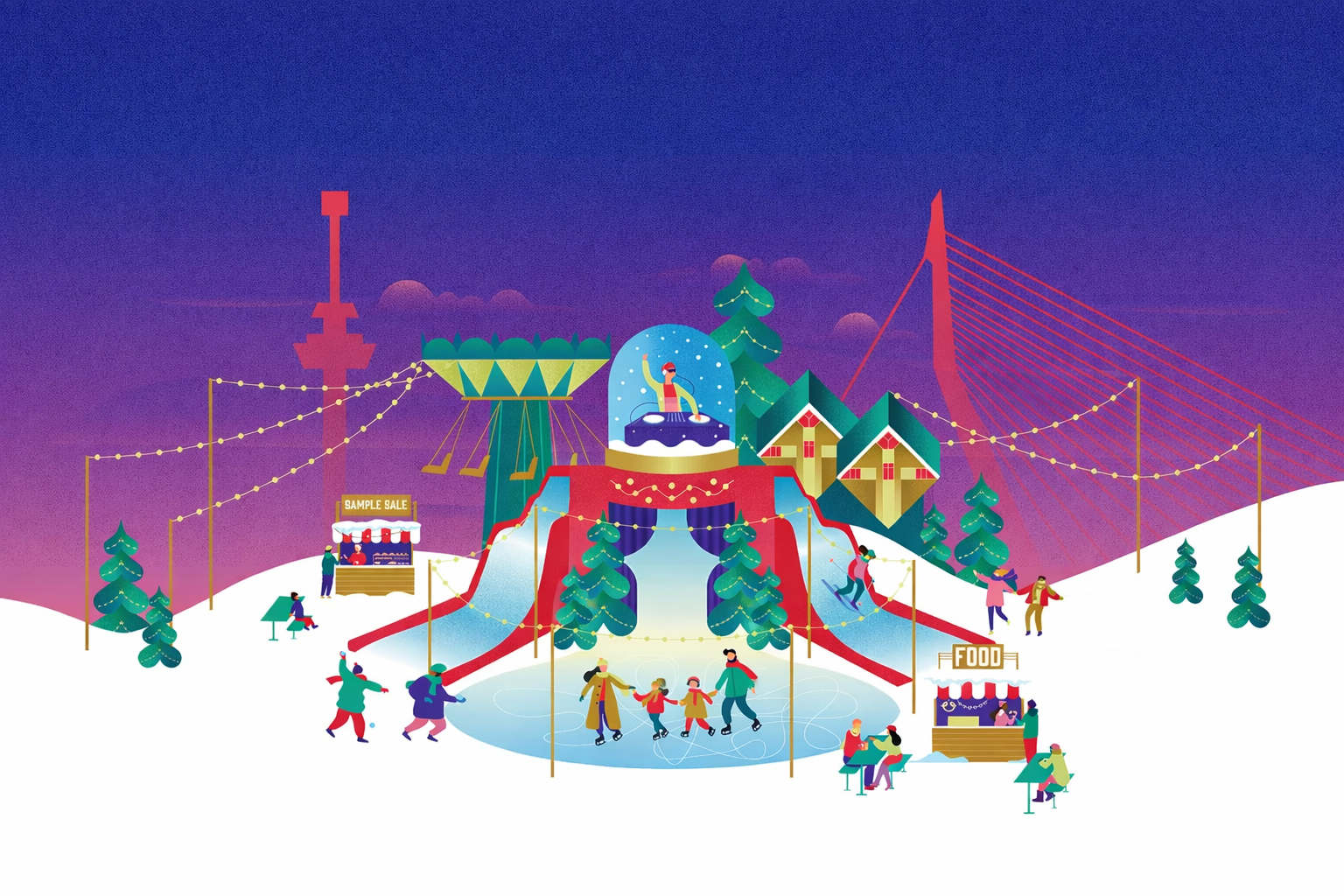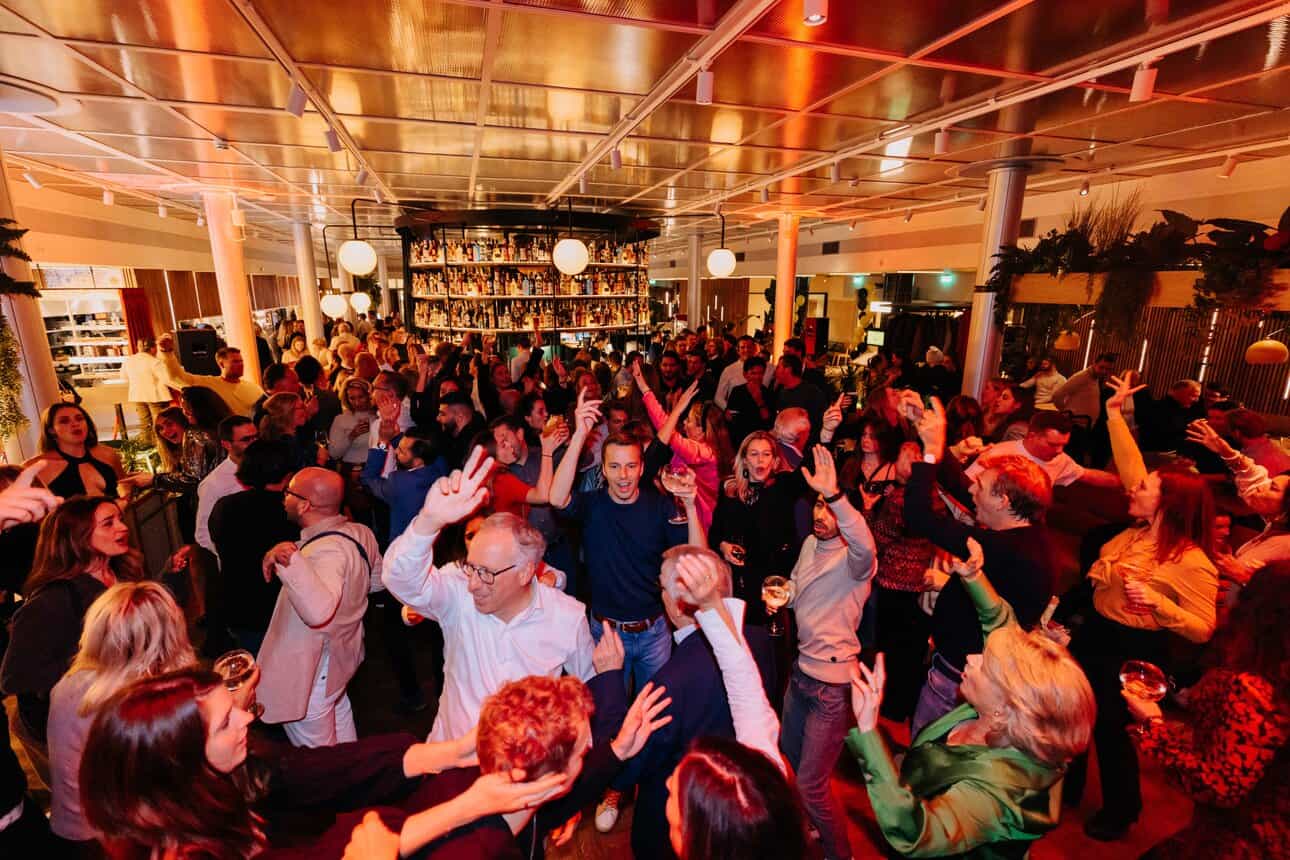ROTTERDAM, 30 September 2025 – The Euromast, one of Rotterdam’s best-known landmarks, returns to the spotlight through the memories of architect Huig Maaskant’s son, Ronald. Now 80 years old, he reflects on his father’s vision and the family ties to this iconic tower.
A family memory cast in concrete
The Euromast was designed by Rotterdam-born architect Huig Maaskant and completed in 1960 for the Floriade. Ronald Maaskant recalls standing as a boy in the massive concrete foundation of the tower, which used two million kilos of concrete and 131 piles. “On one of those piles, my name was written. Every week we checked whether the tower had grown another metre.”
From Floriade plan to skyline symbol
Huig Maaskant originally described the Euromast as “a pin in the park,” an idea that came to life thanks to the international horticultural exhibition. According to Ronald, the tower was the exception in his father’s otherwise functional portfolio: “He mostly designed practical buildings. The Euromast was different – it was meant to put Rotterdam on the map.”
A return to the crow’s nest
In September 2025, the Maaskant family returned to the tower, enjoying lunch at the top and a new immersive show on the ground floor. “A film takes you through Rotterdam’s history, including a flood scene that made us wobble on our feet,” Ronald said. Looking out from the crow’s nest, he reflected on the city’s transformation since the post-war years: “From the skyline you see how much has changed since everything was rebuilt.”
Huig Maaskant’s architectural legacy
Beyond the Euromast, Huig Maaskant shaped post-war Rotterdam with buildings such as the Groothandelsgebouw, Hilton Hotel, Industriegebouw and the Lijnbaan flats. His work remains closely linked to the city’s reconstruction identity.
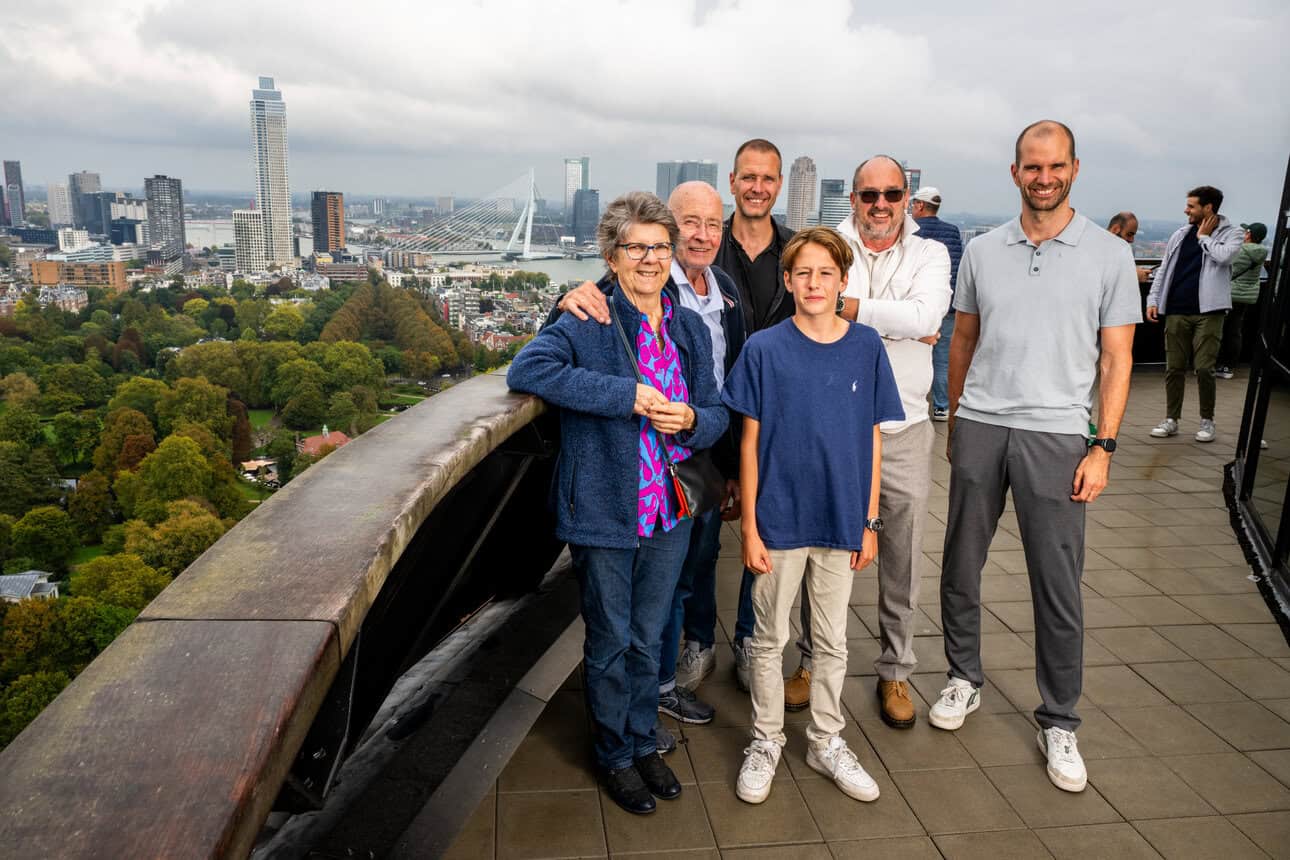 Euromast remembered by architect’s family
Euromast remembered by architect’s family
The Euromast of today
The tower has continued to evolve. The later addition of the Space Tower extended its height to 185 metres. Today, visitors can dine in the brasserie, stay overnight in suites, or take the Euroscoop glass lift to the top. For thrill-seekers, abseiling from 100 metres is now an option – something Ronald describes as “completely crazy, and at the same time marvellous that it is possible.”
Remembering the man behind the tower
Huig Maaskant (1907–1977) studied architecture in Rotterdam and played a major role in rebuilding the city after the Second World War. While he was known for functional structures, the Euromast remains his most recognisable design. For Ronald and his family, the tower is more than an architectural landmark: “It is like a pin on your lapel. Everyone recognises it. Driving in from the A13, you say: there is the Euromast, we’re almost home.”

